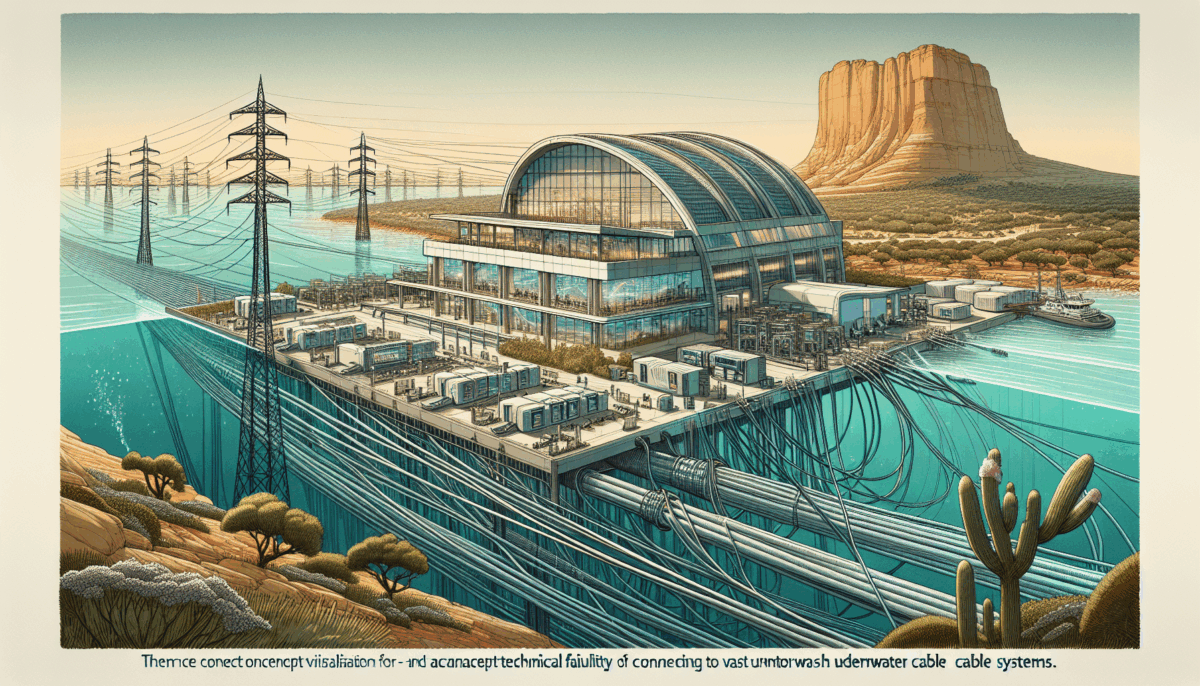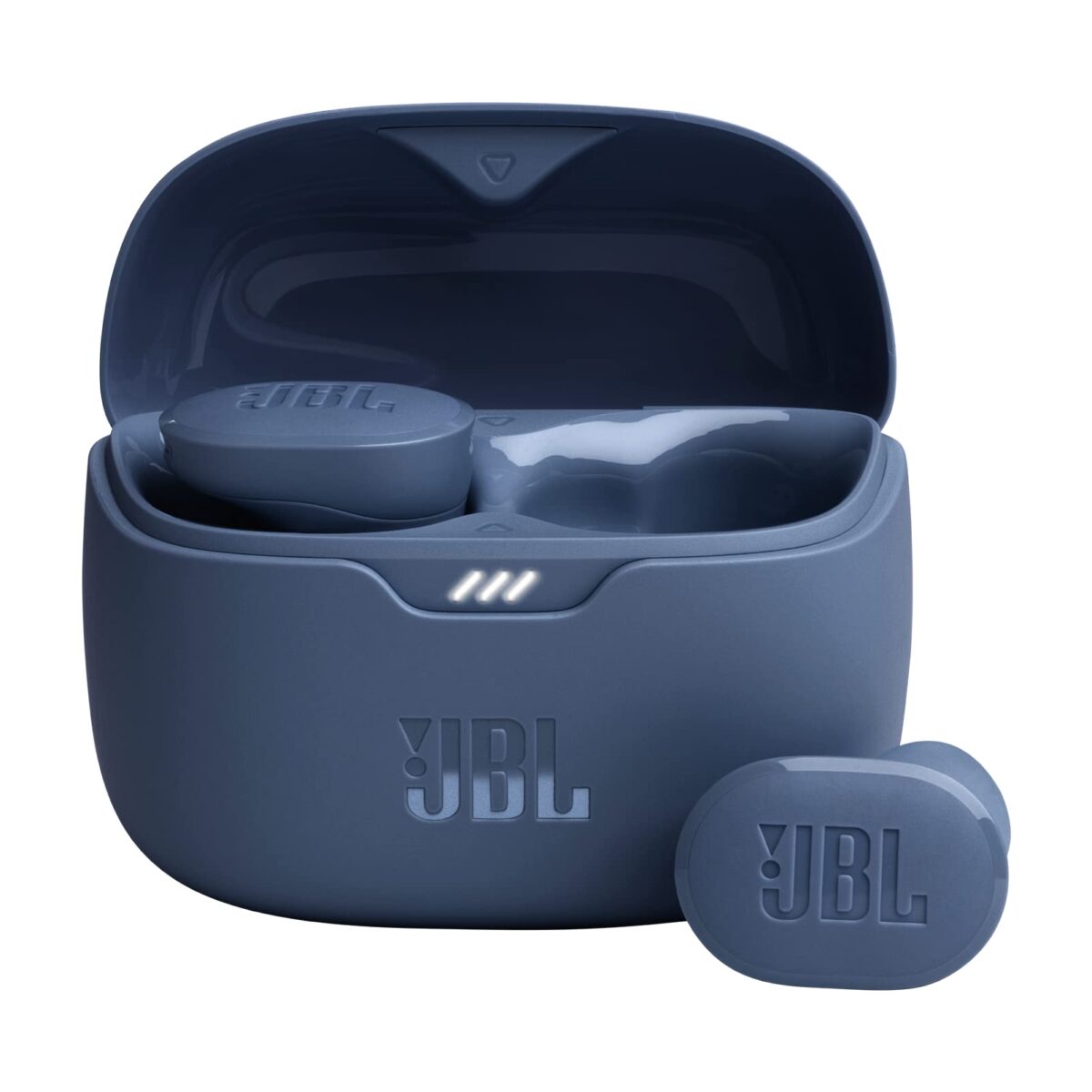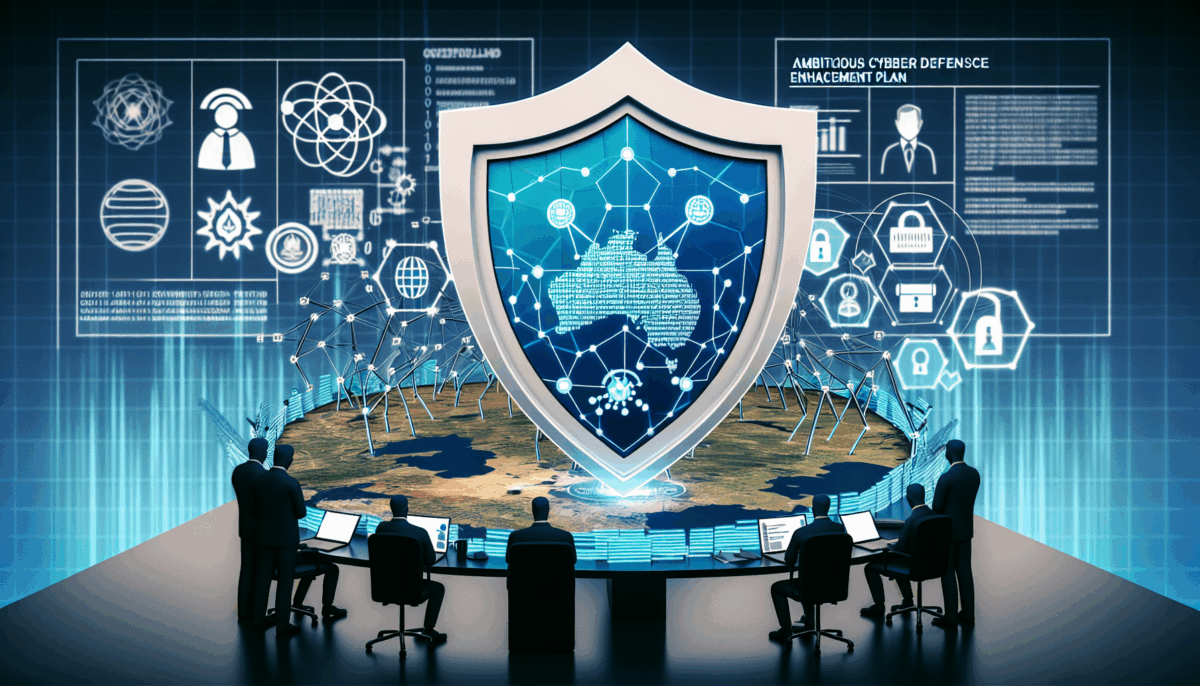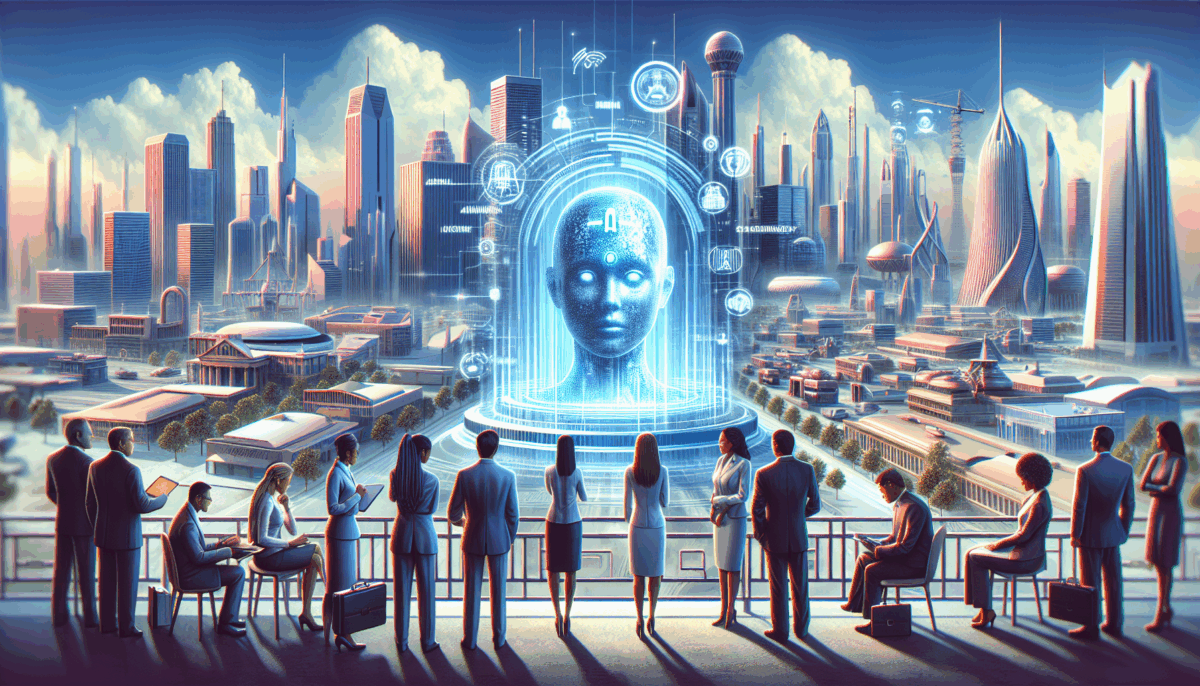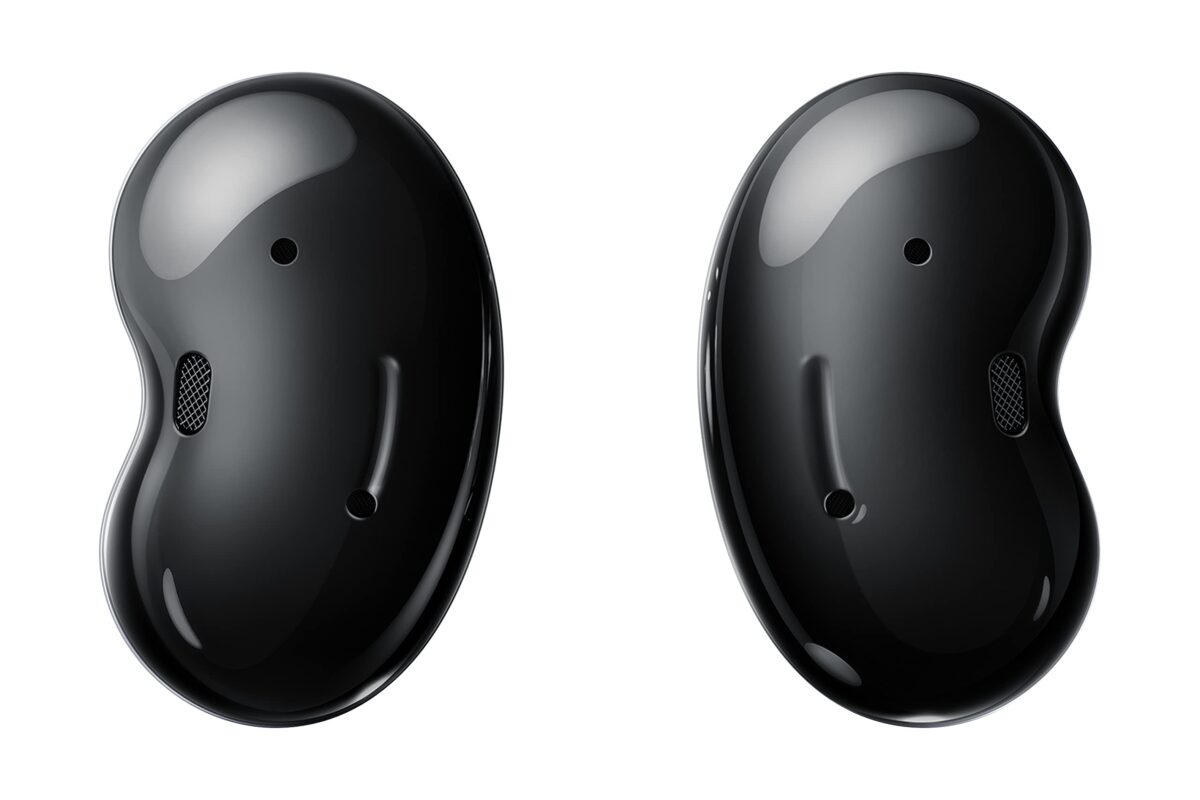Australian Telcos Introduce Fresh Compilation of Devices Interrupting Triple Zero Calls
We independently review everything we recommend. When you buy through our links, we may earn a commission which is paid directly to our Australia-based writers, editors, and support staff. Thank you for your support!
Brief Overview
- Australian telcos establish a joint database of faulty mobile devices.
- The objective is to enhance the dependability of Triple Zero emergency calls.
- Telstra, Optus, and TPG Telecom are spearheading the effort.
- This initiative arises amidst a series of emergency call service disruptions.
- The database will not be directly accessible to consumers.
- The ACMA has yet to release a register of approved devices, leading telcos to take independent action.
Telcos Take Action in Response to Regulatory Issues
Australia’s prominent telecommunications firms—Telstra, Optus, and TPG Telecom—are taking initiative by creating a shared database of mobile devices known to interfere with emergency call operations. This action follows the Australian Communications and Media Authority’s (ACMA) hesitance to publish a list of compliant mobile handsets, despite industry demands.
ATA’s Forward-Looking Strategy
The Australian Telecommunications Alliance (ATA) has affirmed the industry’s commitment to independently develop this database, which seeks to facilitate the identification and management of problematic devices that may disrupt Triple Zero services. ATA’s Device End-to-End Service Testing (DETEST) group has also revised its guidelines to incorporate this inter-carrier data-sharing framework.
Emergency Call Service Disruptions Spur Initiative
The decision by telcos to create the shared database coincides with heightened public scrutiny in light of several service outages affecting Triple Zero, most notably the Optus emergency call disruption in September. This incident, tied to at least three deaths, has instigated a parliamentary investigation into the efficacy of Australia’s emergency call systems.
Handset “Camp On” Features
A primary area of focus for the inquiry is the “camp on” functionality of mobile devices, which enables them to connect to operational networks during emergencies. The ACMA has recently revised regulations, requiring carriers to perform specific evaluations on devices to confirm their ability to effectively switch networks for emergency calls.
Consequences for Consumers and the Telecommunications Sector
While consumers won’t have direct access to the shared database, it is expected to expedite the action taken against devices identified as problematic, thereby indirectly alerting consumers regarding those devices. This initiative holds particular importance as telcos aim to preserve consumer confidence and adhere to regulatory standards.
Device Blocking Actions
In related initiatives, Telstra and Optus have unveiled plans to block approximately 70 Samsung devices that incorrectly try to route Triple Zero calls to outdated networks. Owners have been given a 28-day period to update their firmware to prevent service interruptions.

Conclusion
In response to persistent concerns regarding Triple Zero call reliability and a lack of regulatory action, Australia’s leading telcos have formed a shared database to identify and manage troublesome mobile devices. This initiative aims to strengthen emergency call services and arises amidst increased scrutiny following recent service failures.



